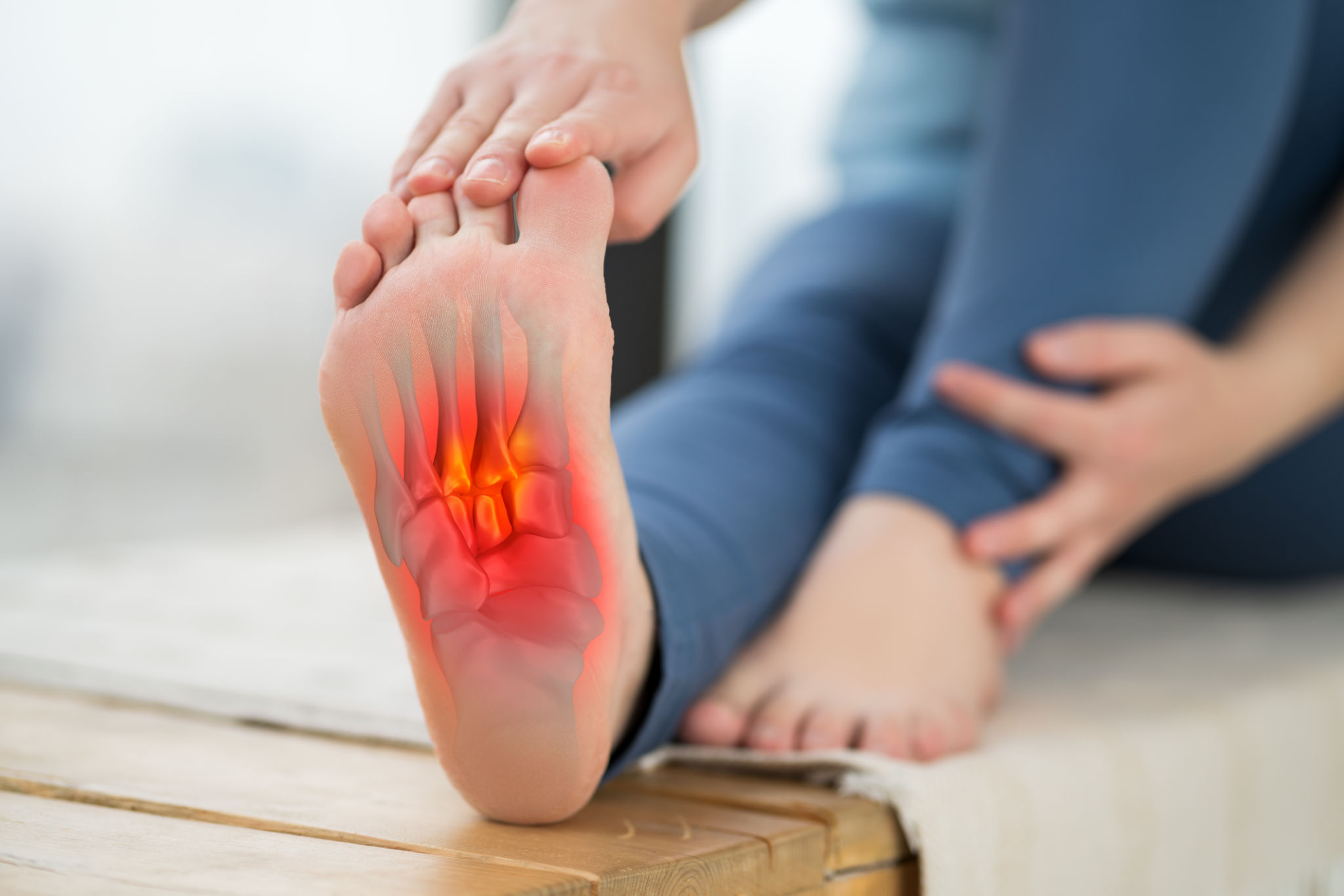Best Shoe Choices for Compromised Feet
BB
Choosing the right shoes is crucial for people with compromised feet. Whether you have flat feet, bunions, or plantar fasciitis, the right footwear can make a significant difference. Here, we will guide you through how to make the best shoe choices for a few foot conditions.
Understanding Your Foot Condition
Before selecting shoes, it's important to understand your specific foot condition. Different issues require different types of support and cushioning. When selecting over the counter orthotics, make sure you are sitting with your leg crossed. The orthotic should fit to the natural "curve" of your foot. Corrective inserts must fit the non-weightbearing arch shape. Consult with a podiatrist if you're unsure about your needs.
Flat Feet
Flat feet need shoes with strong arch support. Look for shoes with a firm midsole, strong shoe counter, deep toe box, and a wide base. These features help distribute weight evenly and reduce strain and pressure on your feet.

Be sure the width and depth of your shoes allow your toes to spread out comfortably. Avoid shoes with seams over the bunion area, as they can cause irritation.
Plantar Fasciitis
People with plantar fasciitis should look for stiff shoes with strong arch support and cushioning. Avoid heel cups or soft gels that don't support the arch. The goal is to reduce tension on the plantar fascia by maintaining the natural arch. Soft orthotics don't provide sufficient support. The correct orthotic provides relief while worn. Therefore, orthotics should only be removed when it is time for shower and bed. Don't forget to remove the original insert before replacing with the orthotic.

Materials and shoe insoles also play a vital role. Opt for breathable materials like leather or mesh. Poly-blend socks are best opposed to 100% cotton. These materials help keep your feet cool and reduce moisture build-up.
Cushioning
Cushioning is essential for compromised feet. Look for shoes with padded insoles and midsoles. Memory foam insoles can offer excellent comfort and support. The correct consistnecy and placement is vital to obtain relief. Consult with your podiatrist, pedorthist, orthopedist, or Certified Foot Care Specialists in your area.

Always try on shoes and walk around in them before making a purchase. Allow a half inch from your longest toe to the tip of the shoe. Make sure the shoe counter is firm, there is enough width and depth to comfortably and safely fit your feet.
In conclusion, the right shoe can make a world of difference for compromised feet. Focus on support, cushioning, and adjustability when making your choice. Your feet will thank you.
Thank you for putting your feet in my hands.
